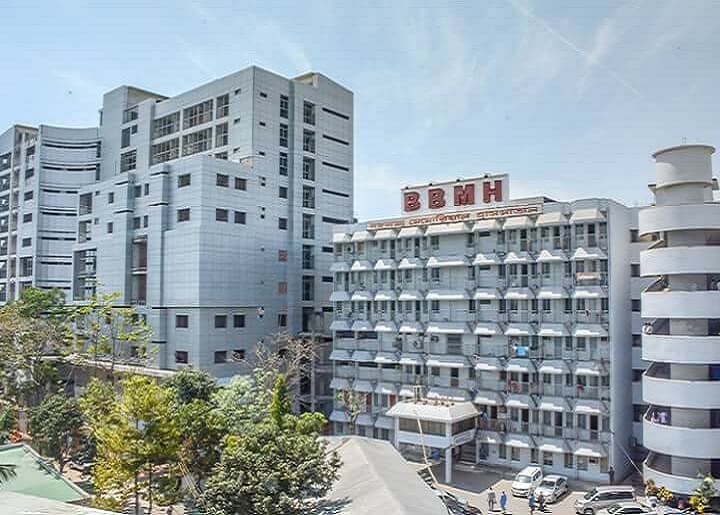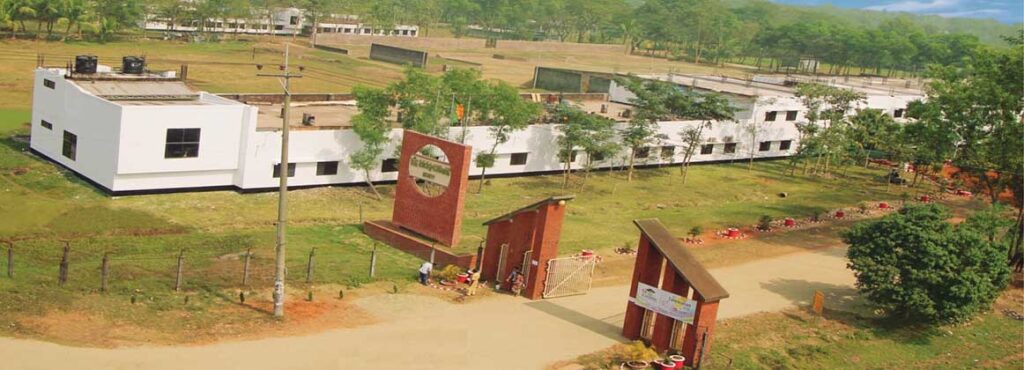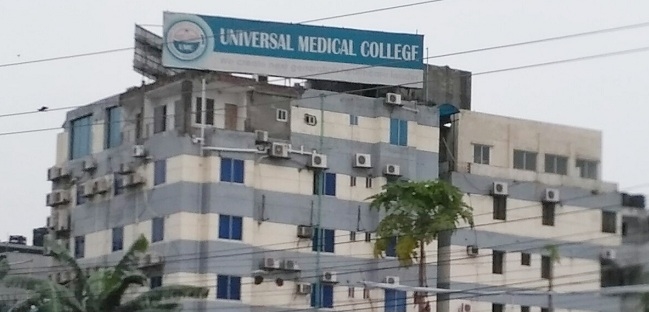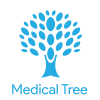ABOUT BANGLADESH
Bangladesh is a country in South Asia. It is one of the most populous countries in the world. The country has a population of about 163 million. Bangladesh is one of the most densely populated countries in the world. The neighboring countries are India and Myanmar. Dhaka is the capital of Bangladesh. In addition, it is the largest city in the country.
Bangladesh has a typical monsoon climate characterized by rain-bearing winds, moderately warm temperatures, and high humidity. In general, maximum temperatures in the summer months, from April to September, are in the low to mid-90s F (mid-30s C). April is the warmest month in most parts. The range of high temperatures in the winter months, from November to March, is greater than in the summer months. January is the coolest month, with high temperatures averaging in the mid-to-upper 70s F (mid-20s C).
Bangladesh in general possesses luxuriant vegetation, with villages appearing to be buried in groves of mango, jackfruit, bamboo, betel nut, coconut, and date palm. However, only a small portion of the country’s land surface is covered with forests. The eastern zone, consisting of parts of the Sylhet and Chittagong areas, has many low hills covered with jungles of bamboo and rattan (a species of climbing palm). The most common plant is a large type of bamboo that forms the basis of the country’s paper industry. The central zone, covering parts of the country to the north of Dhaka, contains many lakes and supports swampy vegetation; the soil of part of this zone produces the Madhupur jungles.
The most significant feature of the Bangladesh landscape is provided by the rivers, which have molded not only its physiography but also the way of life of the people. The rivers may be divided into five systems: (1) The Padma (or Ganges) and its deltaic streams, (2) the Meghna and the Surma river system, (3) the Jamuna and its adjoining channels, (4) the North Bengal rivers, and (5) the rivers of the Chittagong Hill Tracts and the adjoining plains.
It has a predominantly Muslim population. This makes it the third-largest Muslim-majority country. The religion Islam is followed by 90 percent of the population. Apart from this, most Bangladeshis are Bengali Muslims. Bengali is the most widely spoken language in Bangladesh. Bangladesh has a literacy rate of 74.7%.
Quick Information Table
| Recognition | NMC and WHO approved |
| Eligibility | 60% in Physics, Chemistry and Biology Aggregate |
| Course Duration | 5 + 1 Year Internship |
| NEET | Yes, compulsory |
| IELTS/TOFEL | Not Required |
| Medium of Teaching | English |
TOP 4 MEDICAL COLLEGES IN BANGLADESH

1. USTC (IAHS) Est. 1989
Institute of Applied Health Sciences (IAHS) had a modest beginning in 13 May 1989 with 42 students. It continued to function as an Institute under University of Chittagong. After the establishment of the University of Science and Technology Chittagong (USTC) was a Private University soon after the Private University Act 1992 came into force when IAHS became its constituent body under Faculty of Medicine. Janasheba Foundation was its sponsoring organization and National Professor Dr Nurul Islam was appointed President of USTC by the Hon’ble Chancellor of the Universities and President of the People’s Republic of Bangladesh.

2. BGC TRUST MEDICAL COLLEGS EST. 2002
BGC Trust Bangladesh University is an eminent Private Medical College located in BGC Biddyanagar, Chittagong - Cox’s Bazar Hwy, Chandanaish, Bangladesh. It was established in 2002 and is acknowledged as one of the best Medical Colleges in Bangladesh. Md Afsar Uddin Ahmed is the founder and Chairman of this eminent Medical College who led a dynamic team of excellent academic staff and 300+ students with Principal Prof. Dr. Saifuddin Mohammad Tariq. Moreover, Bangladesh Medical and Dental Council (BMDC)has recognized MBBS degrees. In addition, the courses are approved by UGC and the Ministry of Education, Bangladesh. The College is famous for its innovative advances both on a technological and educational basis.

3. City Medical College Est. 2011
City Medical College offers 5 years MBBS course approved by Ministry of Health & Family Welfare, Govt. of Bangladesh. Affiliated by University of Dhaka, recognized by Bangladesh Medical & Dental Council (BMDC). City Medical College is aimed to produce need-based skilled Community-oriented doctors. Efforts will be given to help the students to gain updated knowledge and to produce competent, committed, and accountable doctors who will be able to lead the healthcare sector as leaders to fulfill the health problems of the community and acquire strong background for the future training and higher studies.

4. Universal Medical College
Universal Medical College has been established in 2013 with the intention to produce medical graduates, capable to provide quality health care service to the people of Bangladesh. It is a non-profitable organization. A beautifully arranged campus with well-equipped Hospital & Laboratories and fully air-conditioned classrooms, modern teaching facilities, and adequate treatment facilities for indoor and outdoor patients. The College building is accommodated in 8 storied building and the attached Hospital is accommodated in 6 storied building with arrangements for 350 inpatients.

